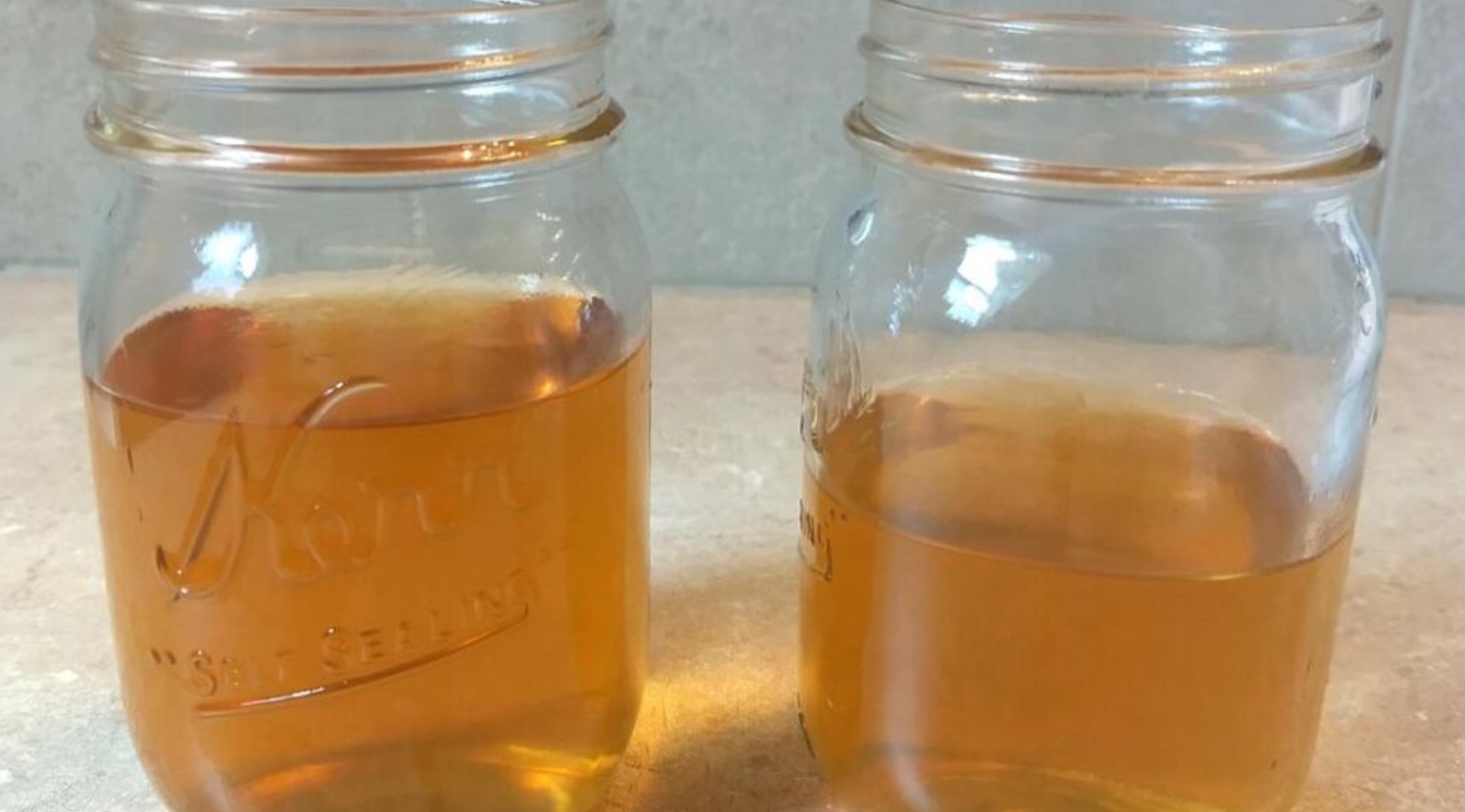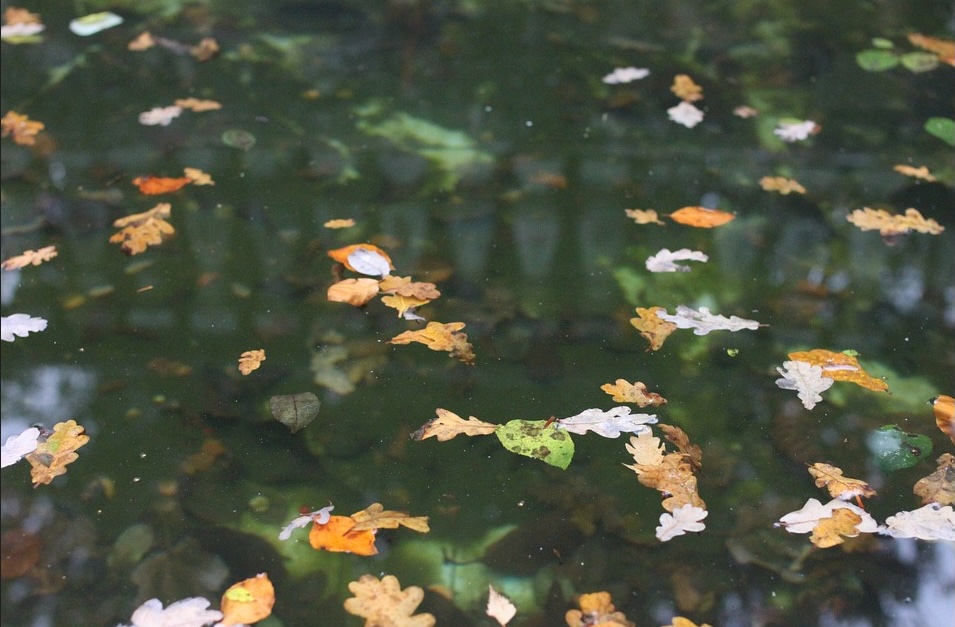Fall leaves not only mess up your yard, but also “muck up” your pond. As the fall season progresses you may notice your pond water turning brown. The first step to fixing this unsightly issue is understanding what is going on under the surface.
There are two forms of brown water – debris tea and excessive sediments.
Debris tea is a common occurrence during the autumn season when trees and bushes lose their leaves. Leaves and other organic debris contain tannins which are released into the water, creating a brown tint.
Brown water caused by excess sediments occurs from a build-up of debris on the pond floor. When leaves and debris aren’t removed, they sink to the bottom of the pond where they begin to decay and create a sludge. When the sludge is disturbed it mixes with the surrounding water and creates a brownish tint in your pond.
Both debris tea and excess sediments can be easily cleared up, but you need to know which issue your pond is experiencing before treating the problem.

To diagnose the problem, fill a small glass jar with your brown pond water and let it sit undisturbed for 24 hours. If sediment settles to the bottom of the jar, you’re dealing with a sediment problem. If the water is still tea-colored with no sediment, then you’re dealing with debris tea. Both issues are caused by an overabundance of organic matter in the pond, so you’ll want to remove any floating debris or organic matter at the bottom of the pond to keep brown water from recurring.
You can remove sludge from the bottom by hand, or you can apply a sludge-fighting water treatment such as Clean for Ponds, Pond Sludge Remover Packs, or Sludge & Filter Cleaner.
Tea-colored water can be treated with Clear for Ponds or Activated Pond Carbon which work quickly to remove discoloration. For use of any of these products simply follow the standard directions on the packaging.

The best way to prevent brown pond water is to keep the problem from occurring in the first place. A mechanical pond skimmer is critical for sweeping your pond surface free of fallen leaves and sticks. Remember to check the skimmer basket more frequently during the fall season and empty it as needed.
You can also remove debris from the edges of the pond when you see it building up. Check the water surface around lily pads and floating aquatic plants. Fallen leaves tend to accumulate in these areas and never reach your skimmer. Eventually the fallen leaves will sink to the bottom of the pond where they start the decay.

